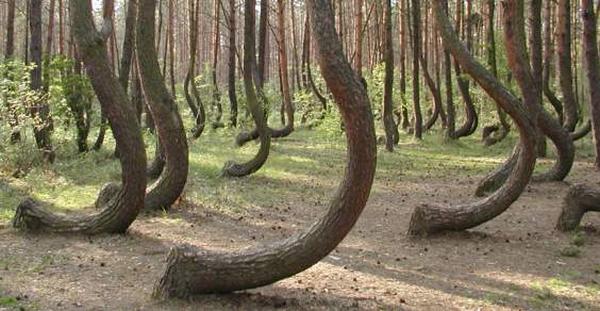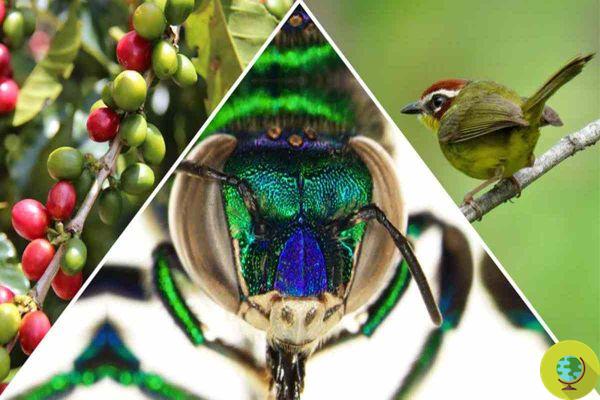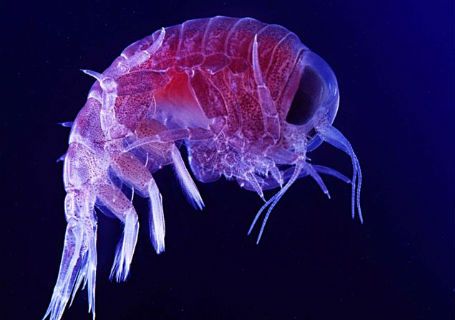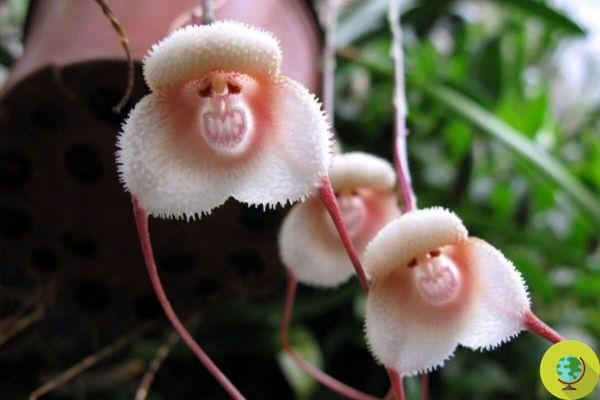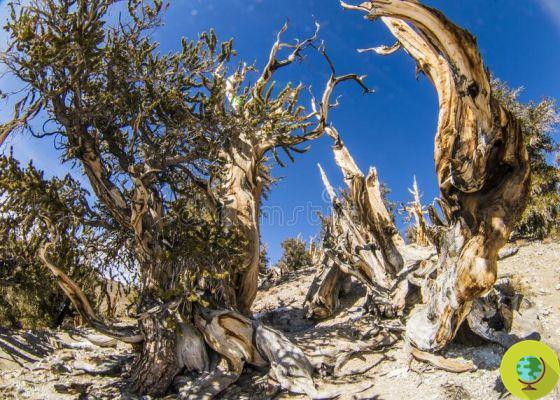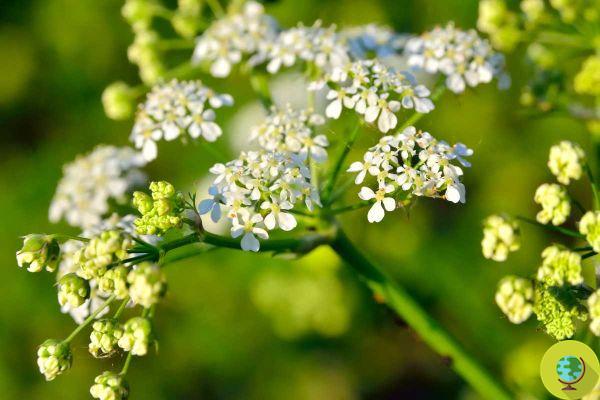
Poison hemlock is a very common plant in Europe but highly toxic. Here's how to recognize and distinguish it.
He is about to end up run over, his mother saves himPoison hemlock is a very common plant in Europe but highly toxic. Here's how to recognize and distinguish it.
When taking a walk, especially in the countryside and during the late summer period, you may come across a familiar-looking clump of flowers made up of long, thin stems with small white flowers. They might look like harmless flowers, like i Queen Anne's lace a plant often used to enrich many floral arrangements, but they are not.
Unfortunately, however, it could be poison hemlock, an invasive species and currently spreading across the country. To avoid this, it is best to know their differences and characteristics. (Read also: The 10 most poisonous plants)
What is poison hemlock?
La poison hemlock it is native to Europe, and around 1800 it was exported to the United States: today it is present almost everywhere.
Unfortunately, unlike other flowers, it cannot be used for ornamental purposes as it is one invasive and toxic to humans, for pets and livestock.
Poison hemlock features white umbrella-shaped flowers that grow together from short stems. Of all the members of his family, he most closely remembers the wild carrot also known as Queen Anne's lace, and is also quite common. (Read also: New carnivorous plant discovered in North America: it is able to distinguish pollinating insects from its prey)
How to distinguish between poison hemlock and Queen Anne's lace
In addition to their very similar appearance, both poison hemlock and Queen Anne's lace are biennial and produce leaves only in their first year, then in the second year they follow white flowers and thousands of seeds, until they finish their life cycle.
Now let's find out the differences as reported by Michigan State University:
Flowering period:
- Poisonous hemlock: from June to August
- Queen Anne's lace: July to September
Stems:
- Poisonous hemlock: green hollow stems with purple spots
- Queen Anne's Lace: Solid green stems
Foliage:
- Poisonous hemlock: hairless leaves
- Queen Anne's lace: fine hair on the leaves
Perfume:
- Poisonous hemlock: has an unpleasant odor when crushed
- Queen Anne's lace: the roots smell of carrots
Height:
- Poisonous hemlock: reaches 6-10 when ripe
- Queen Anne's Lace: Reaches 1-2 feet when ripe
Poison hemlock is harmful: every part of the plant is toxic to humans and animals if ingested. In addition, its sap also contains a phototoxic compound for the skin, which can cause ultra-sensitivity to UV rays resulting in blistering after sun exposure.
The sap is found only inside the stem, but it is a good idea to avoid touching the whole plant, even if it is intact. (Read also: This flower is not just a daisy, but the most powerful natural insecticide in the world)
Follow us on Telegram | Instagram | Facebook | TikTok | Youtube
Could it be interesting for you:
- Useful tips for the collection of wild herbs and wild fruits
- Edible weeds: 10 wild herbs to collect and eat
- Drosera, the carnivorous plant family that seems to have rained down from space (PHOTO)
- Plants have memory: they learn and remember all information




